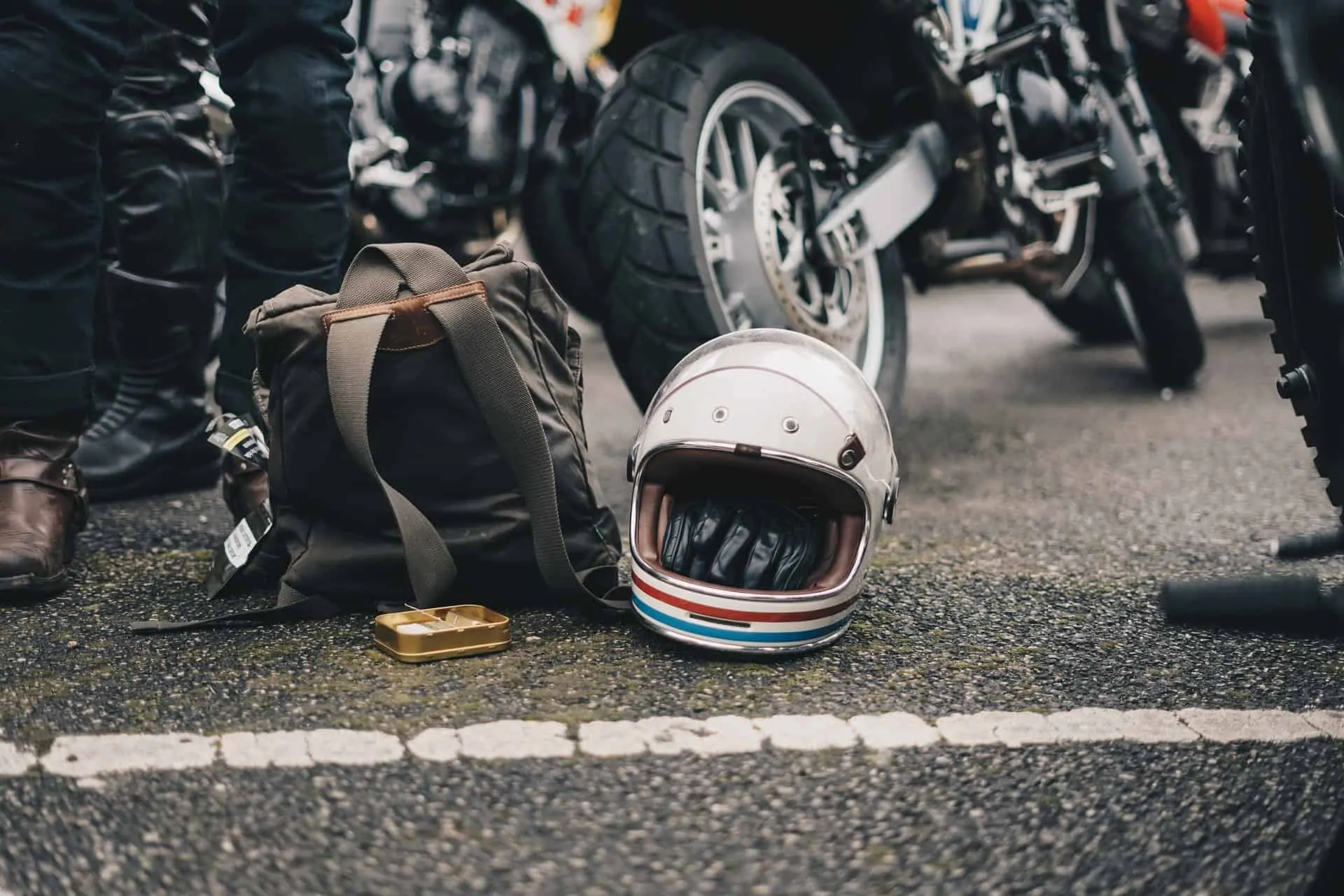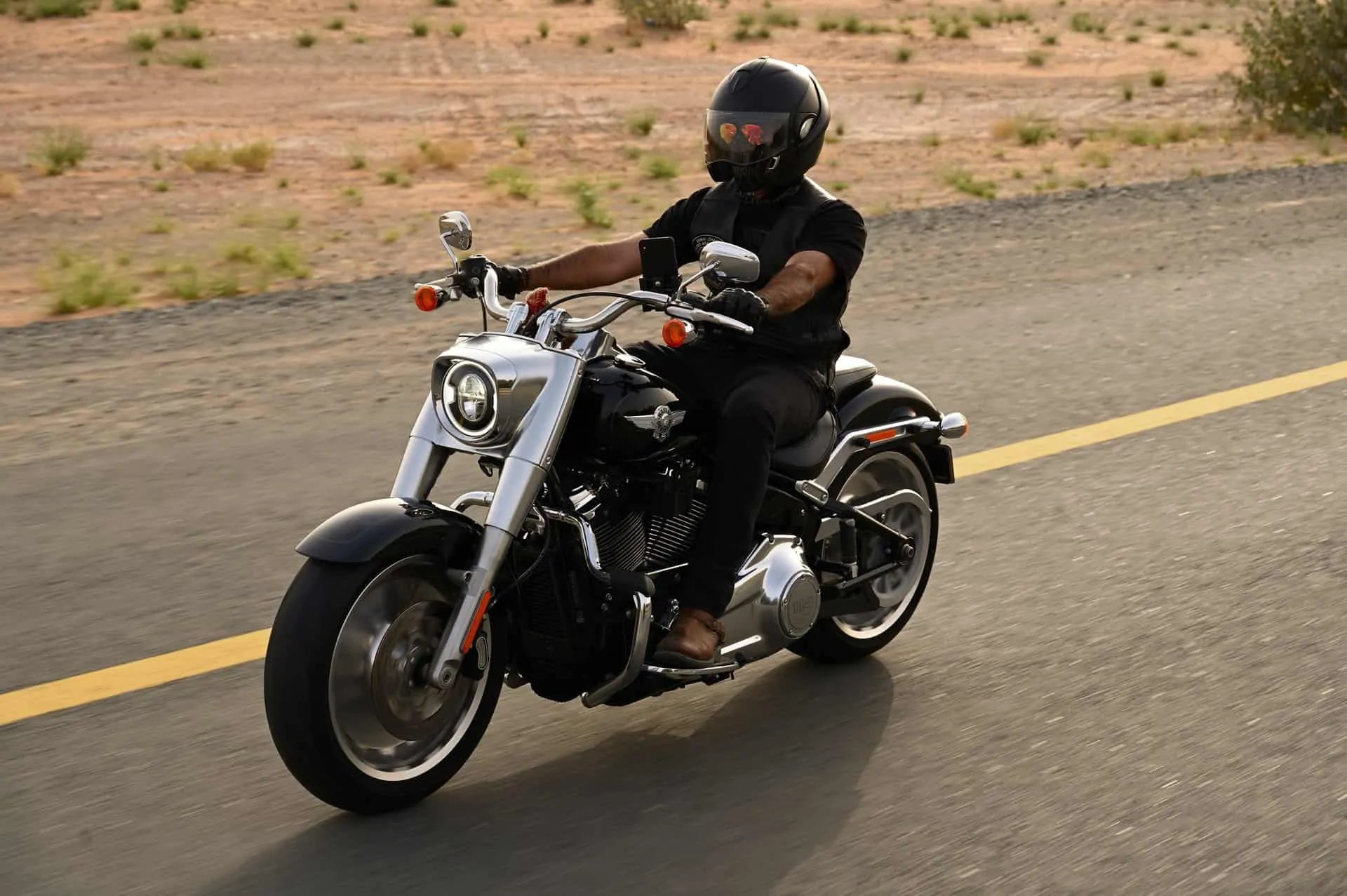Most motorcycle riders replace their helmets after three to five years. Manufacturers highly recommend riders to replace their motorcycle helmets at least five to seven years after its production date. The production date is usually printed on a sticker that you can find under the comfort liner in the interior of the motorcycle helmet.
A motorcycle helmet can mean the difference between life and death. That is why you should only use a helmet that is in its top shape so that it’s perfectly capable of protecting your head in case of an impact or an accident.
Factors That Affect Helmet Ageing
There are three main factors that affect helmet ageing. These factors include the frequency of usage, quality of the helmet, and your maintenance habits.
Frequency Of Usage
This rule holds true for almost anything on this planet. The more frequent you use something, the faster its degradation pace. If you use your helmet almost every day and you subject it to harsh outdoor conditions, you can expect to replace it sooner than you planned. Conversely, a properly stored helmet that is seldomly used will last longer.
There are other factors while using the helmet that can speed up its deterioration. If it’s frequently subjected to impact or if you drop it all the time, you can expect it to break soon. Another sign is if there are indentations in the liner that no longer fit your head snugly.

Quality Of The Helmet
Another factor that can influence the frequency of helmet replacement is its quality. Make sure to check the helmet safety rating before you get one. The helmets with higher safety ratings are made of durable and high-quality materials that are designed to last longer. These are also the helmets that are better at resisting ageing and deterioration. The only downside is that they tend to be more expensive.
The quality of the helmet is measured using different tests. Impact testing gauges the helmet’s performance against impact surfaces at specific accelerations. Positional stability test or roll-off test determines if the helmet will roll-off of your head. Dynamic retention test checks if the helmet can support mechanical loads.
Signs That You Should Replace Your Helmet
There are many signs that tell you it is time to replace your helmet. Keep an eye out for these signs to ensure that your helmet is replaced periodically and your safety on the road is guaranteed.
Age Of The Helmet
As aforementioned in the beginning of this article, the ceiling age for motorcycle helmets is seven years after its date of production. That period of time is guaranteed to weaken the shell and the foam of your motorcycle helmet. The age has a huge impact on the quality of the helmet.
Its age, coupled with consistent usage, is enough reason to replace it. Your helmet is exposed to harsh agents like ultraviolet rays, sweat, wind, and dirt. They may not inflict obvious damages but the accumulated effect will definitely weaken the resins and glues that keep your helmet together.
Exposure To Accident
This is a no-brainer. If your motorcycle helmet has already been through an accident, then it is time to replace it. Its internal workings will be damaged due to the impact. If there are obvious appearances of cracks or fissures, it’s safer to replace the helmet rather than attempting to patch it up with some glue.

Remember that cracks grow exponentially so one small crack will lead to many more. A cracked helmet will not be able to withstand another accident, which ultimately defeats its primary purpose.
It Feels Looser
A motorcycle helmet should fit snugly in order to be effective as a protective gear. It should not be too tight but not too loose, either. The test is to shake your head side-to-side and then see if it moves or if it stays put. It should cling to your head comfortably and not budge.
If it moves around too much, it’s going to be more of a distraction than something that protects your head. Head trauma and injuries come from loose helmets that do not cushion the skull properly.
Maintenance Routine
Motorcycle helmets can be costly if you need to replace them all the time. There are a few maintenance tips that you can do to make sure that they will last for the longest time possible.
Handle With Care
This is a no-brainer. Anything that you care for will last longer than usual. This tip means that you should be more mindful of the way you treat your motorcycle helmet. Don’t drop it or throw it around. Avoid scratching the shell or the visor.

Proper Storage
Where you store your helmet after a long day of using it matters a lot. The first tip is to make sure that you will let it fully dry first before storing it in your U-box or the storage pouch. That’s because any sweat or oil from your scalp can erode the foam lining of your helmet. Leave your helmet out in a well-ventilated and dry area overnight before you seal it in airtight storage.
Clean It Regularly
Make an effort to keep your motorcycle helmet clean all the time. This applies to both the interior and the exterior of the helmet. Wash the liners and padding to get rid of grime, oil, and sweat from your scalp. These fluids can damage the structural integrity of the foam and make it lose its firmness over time. It can also serve as a breeding ground for odour-causing bacteria.
Wipe down the shell with baby wipes to remove dirt, dust, and bug guts. These can cause scratches and weaken the shell if left unattended. Avoid cleaning agents with petroleum as those are shown to weaken the shell. Make sure to keep the helmet dry as you go.
If You Feel It’s Time For a New Helmet
- HJC Sold Men’s CL-MAX 3 Modular Street Motorcycle Helmet
 |
| Check Price |
| This is known for its sleek construction and accommodating feature. It sports a polycarbonate construction that is very durable but lightweight. |
- Vega Helmets Warrior Motorcycle Half Helmet
 |
| Check Price |
| This half helmet is unique because it comes with a drop-down sun shield for extra eye protection. The entire helmet looks sleek and stylish. |
- Duke Helmets DK-120 Full Face Motorcycle Helmets
 |
| Check Price |
|
Full face helmets are the best for protection but very few models are forgiving on glasses wearers. This is an exception because it has enough space for a pair of glasses. It fits snugly to protect your skull in case of impact, but not too snugly that the arms of your glasses will press down on your skull and cause pain. |
